THE BIG C
PART ONE OF A THREE-PART SERIES ON CARBON ISSUES IN FARMING • BY MELANIE EPP • PHOTO BY PIXABAY
At first glance, the farmer’s role in helping Canada reach its ambitious goal of net-zero CO2 emissions by 2050 appears simple: lower emissions and adopt technology and alternative management practices that boost soil carbon sequestration. Many believe addressing the carbon equation offers economic advantages, too. Farmers who cut back on inputs subject to the carbon tax save money, and those who adopt so-called regenerative practices may participate in the growing carbon economy by collecting and selling carbon credits. While this sounds straightforward, it is anything but.
HUGE IMPLICATIONS
In late March, the Supreme Court of Canada ruled the federal Liberal government’s carbon pricing regime constitutional. The ruling allows the government to increase the carbon tax from its $40/tonne to $170/tonne by 2030, a 325 per cent increase. This may have huge implications for farmers who, without exemptions, offsets and rebates, worry thin profit margins will further shrink. Service providers can pass their carbon tax burden on to customers, but as price takers, farmers cannot. Agriculture organizations call for balance.
On June 23, Bill C-206, An Act to amend the Greenhouse Gas Pollution Pricing Act, passed third reading in Parliament and proceeded to the Senate where it was expected to be approved. The private member’s bill put forward by Conservative MP Philip Lawrence, would exempt farm fuels including propane and natural gas from the federal carbon tax. Senate talks stalled out and the bill had not been approved when the upper house adjourned for summer. With the Senate scheduled to resume sitting by the fourth week of September, it could still become law. However, if rumblings of a federal election come to fruition, the bill dies on the order paper.
In farmer survey results released by the Canadian Federation of Independent Business (CFIB) early in 2020, respondents estimated they would pay on average almost $14,000 in federal carbon tax in 2019/20, the first year it applied to them. “These costs hamstring the farmer’s ability to compete, and paradoxically, invest in new technology to be even more efficient,” said Virginia Labbie, CFIB senior policy analyst.
Whether or not farm fuel tax exemption legislation is passed the carbon tax will impact farmers indirectly through service costs, such as rail and road transportation. Todd Lewis, president of the Agricultural Producers Association of Saskatchewan (APAS), said farmers also pay for industry efficiency gains. For instance, freight rates have paid for high-capacity grain hopper cars but subsequent rail industry cost savings are not passed on to farmers.
To better assess how the federal carbon tax directly impacts farmers, APAS conducted an internal analysis using cost of production and yield data. It found the $20 per tonne tax rate cost the average Saskatchewan grain farmer $1.74 per acre of additional production and marketing costs for wheat in 2019. At $40 per tonne, this rose to $2.93 in 2021. The estimated cost by 2030 is $12.52 per acre.
Lewis is also uneasy about unintended environmental consequences. “When you add costs to a producer’s bottom line it creates incentives to convert grasslands and other natural carbon sinks into cropland just to remain viable,” he said. “That works directly against the goals of the policy.”
Southern Alberta grain and beef farmer Josh Fankhauser admits he’s taken out more grassland than he’s put in in recent years. Although he’s an ecologically minded farmer, economics forced his hand. “If they want us to leave large swaths of grassland in, somebody’s going to have to pay,” he said.
This raises additional concerns. Layering regenerative practices atop an existing system doesn’t necessarily lower emissions. And while they’re taxed for emissions, farmers aren’t incentivized to lower them. Furthermore, if farmers want to be rewarded for good practices, shouldn’t they be penalized for poor practices? Fankhauser believes so, acknowledging that he would be punished for converting grassland.

STRONGER TOGETHER
Agriculture’s fight against the carbon tax has had the positive result of strengthening industry co-operation on carbon-related issues. Concerned about the tax’s potential impact on cost of production and, ultimately, Canadian competitiveness in the global market, 14 Canadian farm organizations have formed the Agriculture Carbon Alliance (ACA). The coalition provides carbon policy feedback to legislators and works to ensure policymakers recognize Canadian farmers, specifically early adopters, for sustainable practices through offsets, rebates and exemptions, particularly for grain drying and irrigation.
Strong policy supports farmers while maintaining competitiveness and leverages their role as land stewards, said Dave Carey, ACA co-chair and vice-president of government and industry relations for the Canadian Canola Growers Association. “Achieving on-farm exemptions would be a huge win if we’re able to do that,” he added. “Because that is where farmers will feel that hit of the carbon tax—on their propane and natural gas costs.”
Team Alberta, which represents Alberta Barley, Alberta Canola, Alberta Pulse Growers and the Alberta Wheat Commission, shares ACA’s concerns. Without offset measures, the organization believes Alberta’s crop farmers could lose international competitiveness.
The group is now two years into a three-year study that will evaluate the efficiency of existing grain drying systems and the costs associated with them, particularly with the application of the carbon tax. Shannon Sereda, senior manager, government relations and policy, Alberta Wheat Commission and Alberta Barley, said by 2022, the average grain farm may pay 1.5 times more in carbon tax than it pays for fuel to run drying operations. And by 2030, this could hit five to six times. “This calls for an adjustment,” she said. “The tax can’t exceed the fuel cost itself without providing a rebate system to farmers such as consumers receive.”
As it stands, she added, the carbon tax undermines the fact agricultural soils in Western Canada sequester more carbon than they emit, due to operational improvements farmers have made over decades. “Funds from the carbon tax—through Technology Innovation and Emissions Reduction [TIER] Regulation in Alberta—should be returned to farmers to help with continued adoption of practices that make good economic sense and provide positive environmental outcomes.”
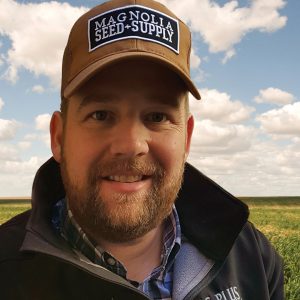
REGENERATIVE PRACTICES
Josh Beck is a “hard numbers guy.” He farms grain and cattle near Hilda. While he is worried about the unavoidable financial impact of the carbon tax, he has worked to lower his costs and carbon footprint. This was precisely the intention of the carbon tax: push fossil fuel intensive businesses to adopt climate-friendly practices that lower Canada’s overall CO2 emissions. Beck has even adopted regenerative practices to build soil health and reduce reliance on inputs, seeding clover into wheat to increase nitrogen and soil cover. He also grazes cattle on his cover crops, which spreads manure and reduces diesel consumption.
With one eye on the growing carbon economy, he hopes to profit eventually. “Carbon’s good for the soil,” he said. “Even if I’ve only been down this path for two to three years, I’m ahead of the guy who’s beside me who’s not even thinking about it.”
Although he believes “carbon farming” could be lucrative, Beck questions how sequestration will be quantified and verified. He’s heard certain soil types and crops sequester more carbon than others at varying rates. Could putting a price on carbon inflate or diminish land values? Could it impact crop selection and rotation? Who determines the price of carbon and verifies practices—private companies, the government or third parties? And, finally, who benefits on rented land, the farmer who has improved the soil or the landowner? “It’s going to be an ugly market,” he said.
EMMISSIONS VERSUS SEQUESTRATION
Joy Agnew, associate vice-president of applied research at the Olds College Centre for Innovation, posed similar questions in a presentation to the federal Deputy Minister’s Committee on Climate Change and Energy in which she outlined the opportunities and challenges of carbon economics.
Agnew believes farmers have an important role to play in carbon sequestration. Experts estimate Canada’s 55 million hectares of farmland has the potential to sequester between four and 20 megatonnes (Mt) of carbon annually where alternative management practices are adopted.
Researchers have found the carbon sequestration rate depends on geographic location, soil composition and nitrogen levels. And while some believe Canadian farmland has plenty of carbon holding capacity, others believe it may be near saturation. Western Canadian farmers adopted minimum tillage practices in the ’80s and ’90s and have since steadily increased soil organic carbon. Agnew said it’s possible the biggest gains have already been made.
Farmers can also reduce emissions. Each year, agricultural production—including emissions from animal digestion processes, fertilizer use and machinery operations—emits an estimated 85 Mt of CO2. Experts believe alternative practices could lower emissions by 30 per cent. Add this to the approximately 17 Mt of new carbon captured by soil per year, and farmers can reduce the net carbon footprint of agriculture by as much as 24 Mt of carbon annually, or 26 per cent of Canada’s overall 2030 reduction goal.
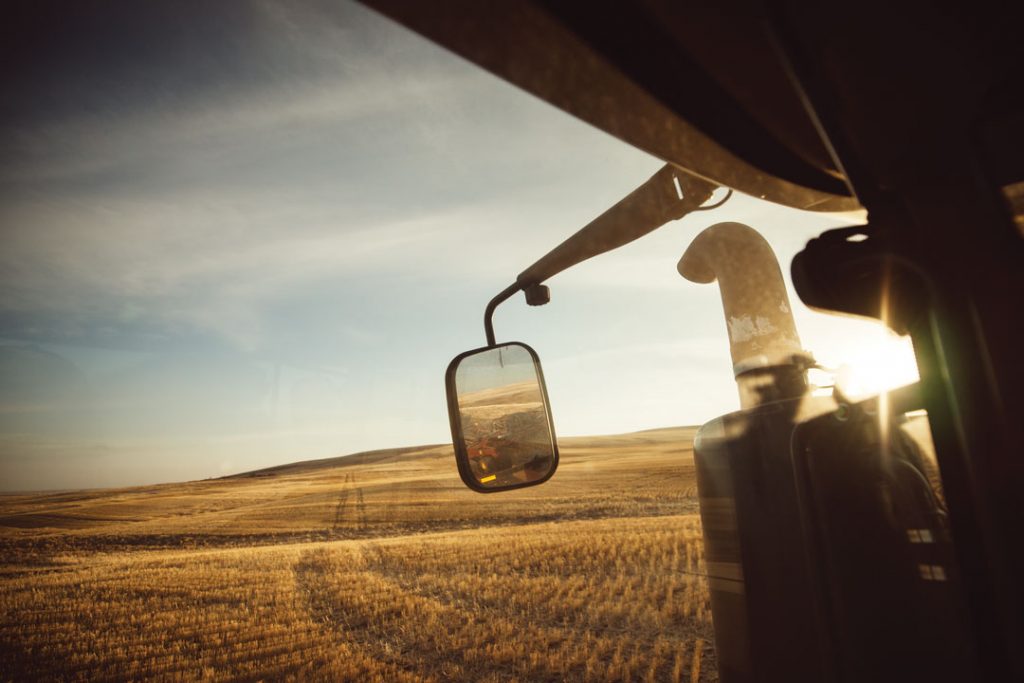
“Not bad for an industry that is responsible for approximately 10 per cent of Canada’s emissions,” said Agnew.
Investment is being made in emissions reduction innovation. A portion of carbon tax revenue, for instance, is put toward the Climate Action Incentive Fund (CAIF) and used for rebates and retrofits that reduce carbon emissions. However, ACA’s Carey points out CAIF has not accepted applications since mid-2019.
Emissions Reduction Alberta (ERA) helps the province deliver on its environmental and economic goals by investing in the pilot, demonstration and deployment of clean technologies that reduce greenhouse gases, lower costs and create jobs. In April, ERA announced $33 million in TIER funding to advance Alberta’s agricultural, agri-food and forestry sectors. Since January 2020, it has committed $616 million to 186 projects worth $4.5 billion.
ERA’s Technology Roadmap, which identifies impediments to Alberta’s climate goals, guides the organization. Projects are reviewed and selected by a panel of industry experts. For example, in its latest round of funding, the Opti-Cart, a dual-purpose grain cart and seeder tender unit was awarded $638,000 to aid in prototype redesign. While Opti-Cart has the potential to lower emissions, farmers really need high-efficiency grain dryers.
The Canadian Agricultural Partnership offers cost-share programs, including the Efficient Grain Dryer Program. However, it has been temporarily suspended and cannot accept applications until new funds are available.
Helpful technological advances may be developed. In recent years, ERA has funded promising renewable energy projects. While they’re not designed for grain drying, the technology may be transferable.
QUANTIFICATION AND VERIFICATION
There’s no question Canadian farmers can lower emissions and sequester carbon. Many practices boost sequestration and reduce emissions, including cover crops, alternative grazing, precision nitrogen application and sectional control. But how will emissions and sequestration be quantified and verified, and by whom? Agnew said this is unclear. The sheer scale of agriculture and the variety of practices and technologies in use make quantification challenging. To qualify for credits requires much verified, scientifically robust data, she added. Often, this means hiring an aggregator to handle paperwork and red tape. Farmers won’t do this if the value of carbon credits is too low.
Another concern Agnew raised in her report is the rampant spread of misinformation. The public throws around the terms “carbon sequestration” and “regenerative ag,” hailing the latter as the best way to do the former. And while they may potentially be right, carbon sequestration is difficult to quantify and regenerative agriculture has no fixed definition.
In a recent study, for example, University of Colorado researchers found regenerative ag to have multiple definitions, some contradictory. Published in Frontiers in Sustainable Food Systems, the study concluded most definitions fall into one of two camps. One group stands on process-based management practices such as no-till, cover crops, livestock integration, crop rotation and reduced reliance on inputs. The second group focuses on outcomes-based environmental solutions such as improved soil health and soil carbon sequestration. Most definitions, though, include a mix of both groups. For now, the margin for interpretation is too wide.

CARBON CALCULATIONS
There’s no easy way to calculate how much carbon a given field has sequestered, but methods are under development. In the U.S., farmers can access the CIBO Impact. The digital platform provides a direct-from-the-farmer carbon marketplace. With the use of artificial intelligence modelling and remote sensing data, CIBO calculates land and lease values, productivity, soil stability and forecasts yields. It uses satellite imagery to verify practices, which are rarely, if ever, quantified at ground level. The platform has apparently determined the regenerative potential of all U.S. farmland parcels.
Ecosystem Services Market Consortium (ESMC), a U.S. non-profit, compensates farmers and ranchers who adopt alternative practices that reduce greenhouse gases, improve water quality and perform additional ecosystem services.
To underpin development of its first protocol now under pilot testing, the ESMC examined existing soil carbon, water quality and quantity protocols. These included Alberta’s Conservation Cropping Protocol, which is based on direct or two-pass seeding that increases soil organic matter. Any soil disturbance must be kept within its guidelines. Carbon yield is fixed, depending on the area, and farmers can earn as much as CAD$1.73 per acre for participation. The pilot project ends in December.
In Alberta, the Olds College Smart Farm can assist in the quantification and verification of emissions reduction and soil carbon sequestration, said Agnew. In collaboration with industry partners, the 2,800-acre facility allows researchers to “truth test” technology and generate data to inform policy development. It also works with technology developers to validate and optimize remote sensing methods to measure organic carbon in soil.
Corporations such as General Mills, Nutrien, Bayer and Corteva will also roll out carbon programs for farmers. Nutrien recently launched its carbon pilot program. Working with about 45 western Canadian farmers, it is developing a protocol that will fall under the government’s compliance-based mechanisms. It also helps farmers engage in the voluntary carbon trading market. The program uses Alberta’s Nitrous Oxide Emission Reduction Protocol (NERP) and the Conservation Cropping Protocol as a start point.
Candace Laing, Nutrien’s vice-president of sustainability and stakeholder relations, said the company plans to embark on a greenhouse gas offset protocol development process with the engagement of the provincial and federal governments. Nutrien also partners with Maple Leaf Foods in the development of high-quality verified insets. This is a process in which supply chain partners, including farmers, work together to quantify and reduce emissions.
Laing said Nutrien’s aim is to ensure farmers have the tools and readiness to capitalize on emerging revenue from the carbon market. “Part of those carbon assets could be insetting where we collaborate with a food company and reduce our own emissions and incent growers for that,” she said. “Or we might purchase some of those credits directly as well and address some of the residual emissions in our own footprint.”
THE CARBON MARKET
Farmers Edge CEO and founder Wade Barnes believes farmers should be rewarded for the important role they play in climate change mitigation. The digital ag company now offers its data-driven Smart Carbon program. Using a mixture of hardware and software solutions, it enables farmers to track, measure and benchmark improvements in yield and soil health as well as the efficiency of field practices. The company is also developing a system in which food companies and elevators can purchase low-carbon grain, a growth market, according to Barnes.
He believes participation in the carbon market will allow the farmer to further invest in connectivity to move data from the tractor, combine and sprayer into the cloud. “Carbon is going to pay the bill for it,” he said. “But the big opportunity is going to be what he can do with that: sustainability, traceability premiums for low-carbon grain.” Barnes also believes having access to on-farm data will help develop personalized, independent insurance products of particular interest to farmers who have made yield gains unrecognized under traditional insurance schemes.
PRICE TAKERS TO PRICE SETTERS
There will be opportunities for farmers to participate in the low-carbon economy, but they must be part of industry conversations about quantification and verification.
Farmer Beck has spent much time contemplating this. “There will be the capitalists that capitalize on it, which is fine,” he said. “But how do we as producers capitalize on this market?”
If farmers want to have a seat at the table when prices are negotiated, they need data to support their demands, he said. “But we’re already busy just trying to keep stuff going,” he said. “So, how are we going to get that information?”
It’s a good question, and one that farmers might want to consider. Having the ability to verify and quantify both emissions and sequestration efforts would give farmers a bigger bargaining chip and perhaps empower them, at last, to act as price setters.
CO2 quick facts
• Not all carbon is created equal. Emissions are reported in tonnes of CO2 while sequestration is reported in tonnes of C.
• One Mt of carbon is equivalent to 3.67 Mt of CO2.
• Canada emits approximately 740 Mt of CO2 annually with agriculture-based emissions accounting for eight to 11 per cent of the national total.
• To reach the country’s 2030 emissions goal, emissions must be reduced to 400 Mt CO2 annually.




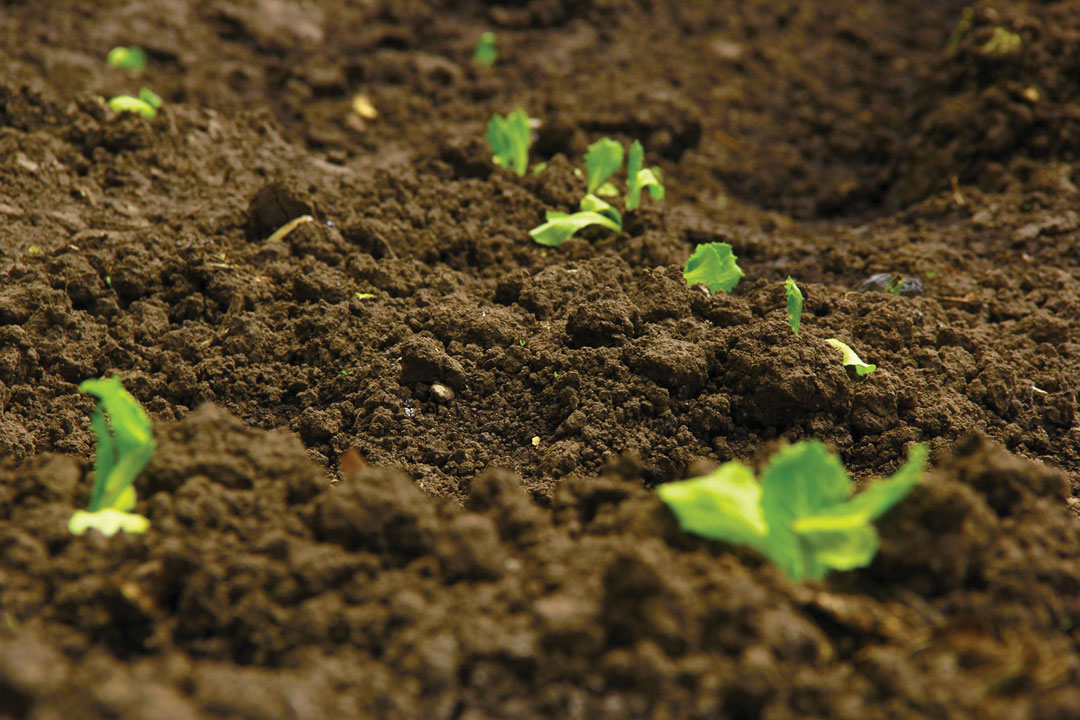
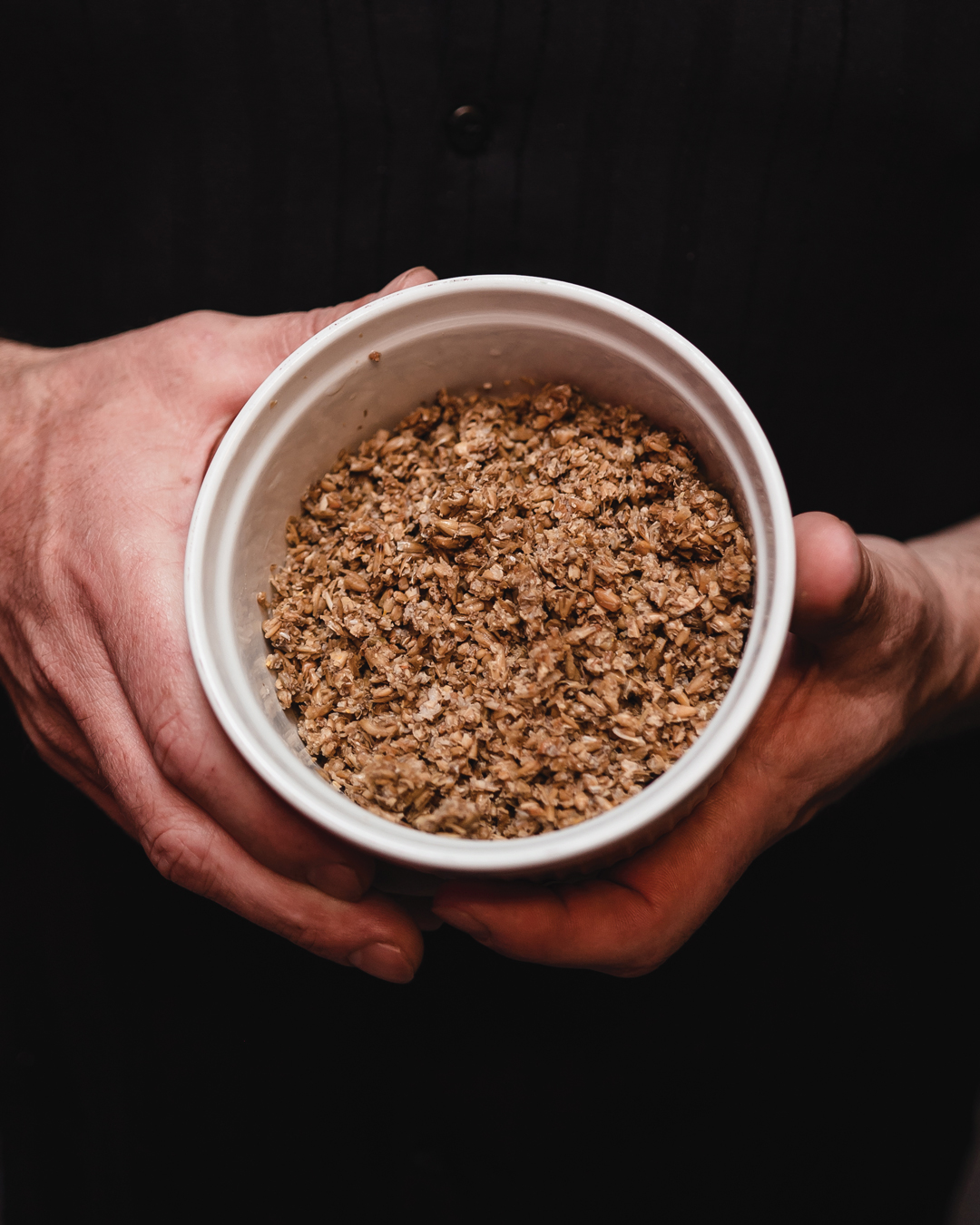
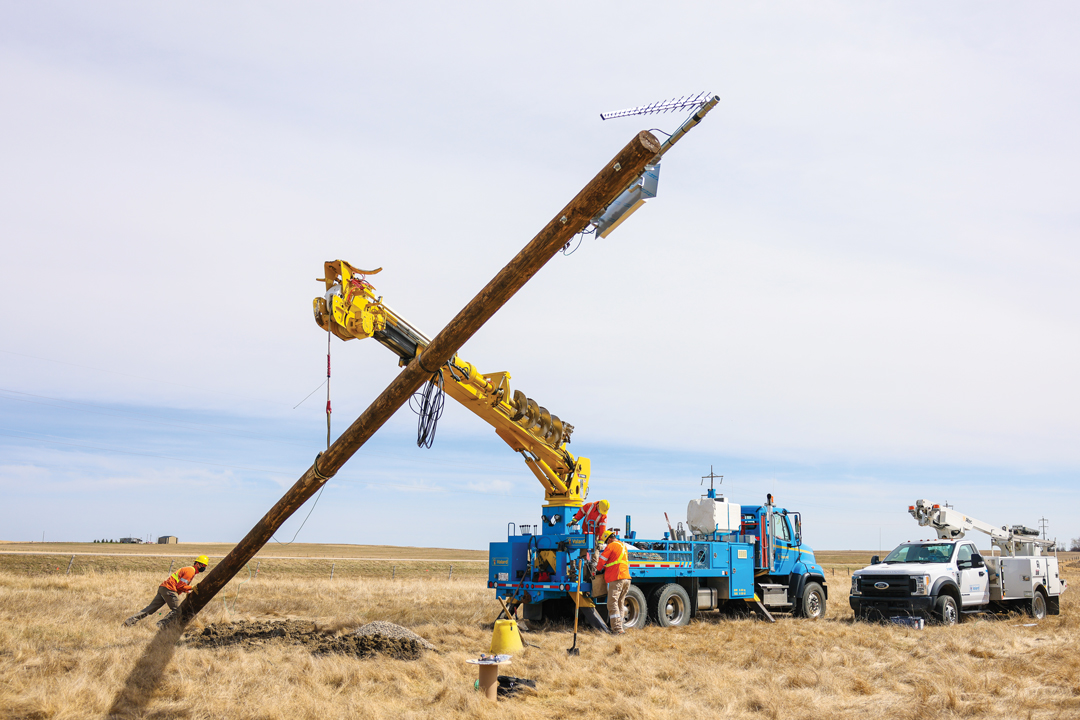
Comments